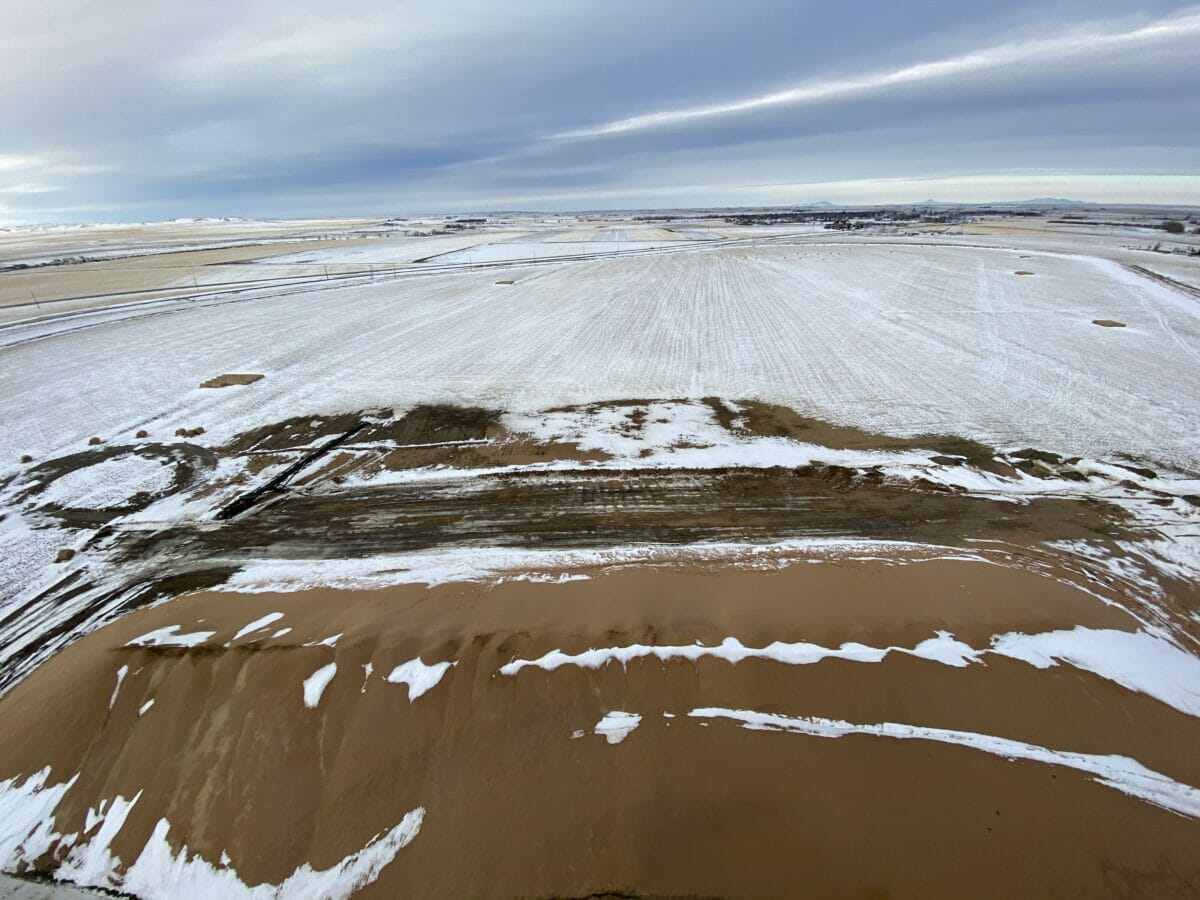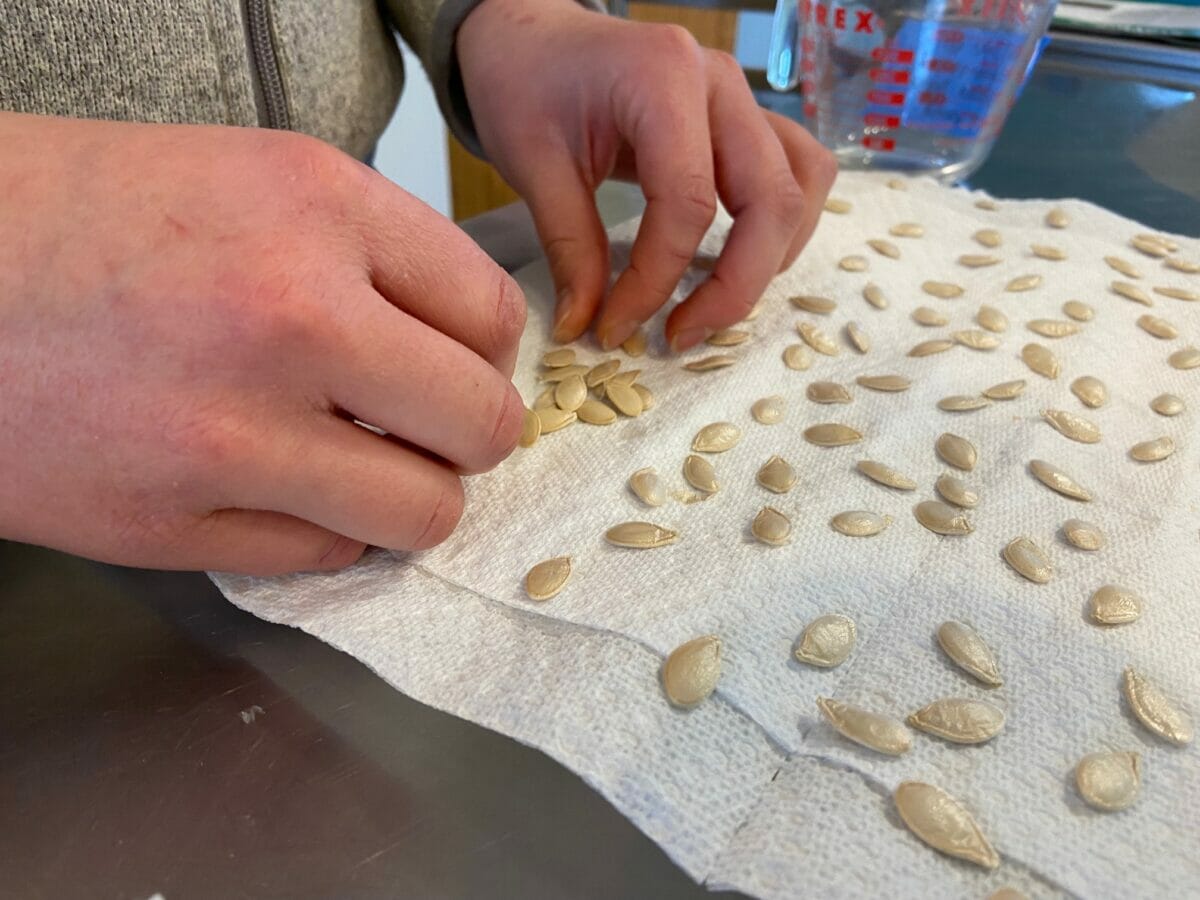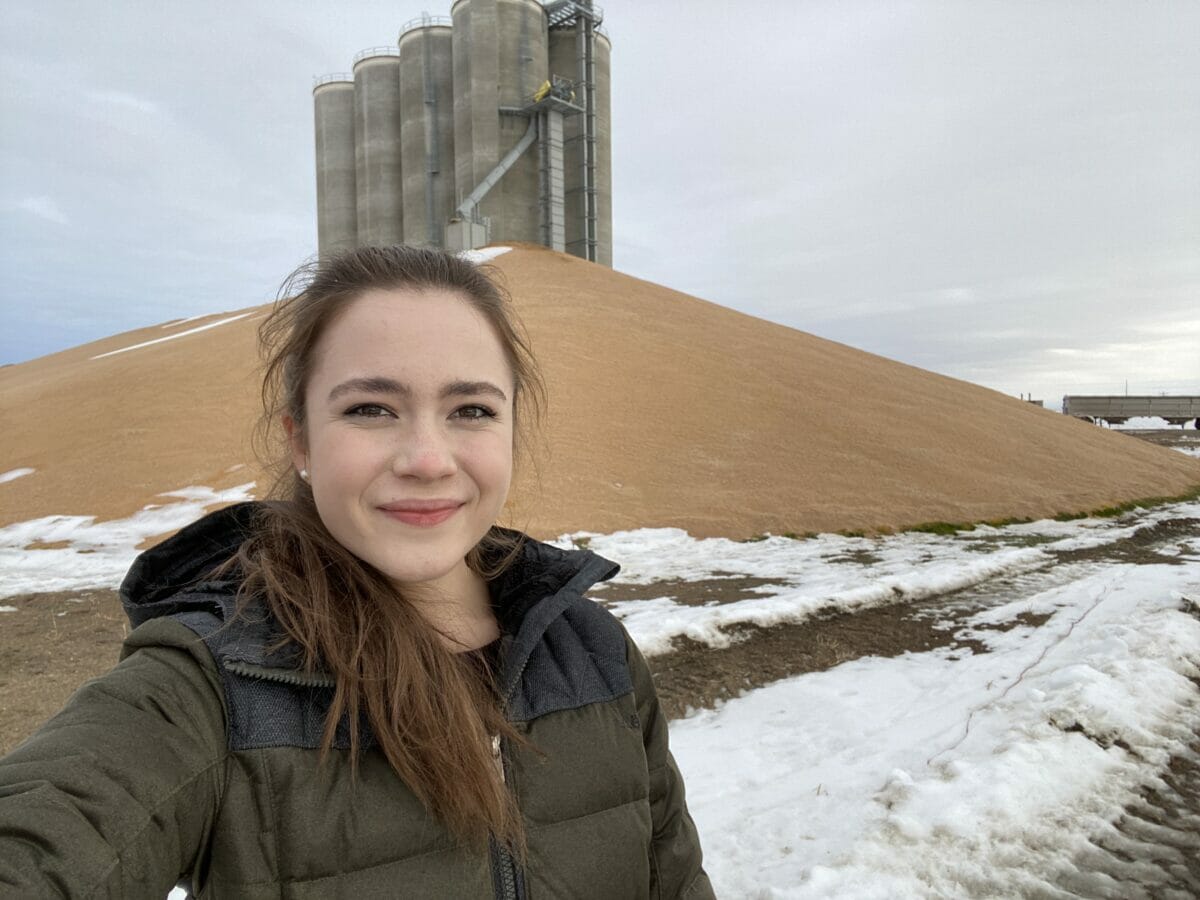It’s not an off-season, that’s for sure, but many producers say winter work has become increasingly important.

To those living on the periphery of the food and the farming world, winter’s toll on the land may seem like an opportunity for producers to take a long nap and rest before the ground thaws and it’s time to grow again. The truth? It’s anything but that.
Most farms across the country reserve the coldest months of the year to get on track for the next season. Twenty-five miles northeast of Minneapolis in Hugo, Minnesota, snow falls across 30 acres of carefully planted cover crops. The property, which will lay dormant for the next three months, belongs to Dream of Wild Health, a nonprofit dedicated to advancing Indigenous food sovereignty.
Despite the farm’s empty fields, farm manager and seed keeper Jessika Greendeer takes comfort in the seasonal off-pasture opportunities. “Now we go behind the scenes, to do the real work and shape what the future looks like,” she says. “This time of year, I am reminded that this is my dream job, carrying on the work of my people, my ancestors, and other ancestral relatives who did this work for us.”

Photo courtesy of Jessika Greendeer.
The work Greendeer will do this winter consists of stripping, drying, threshing, hanging, cleaning and storing seed varieties of squash, beans, corn and sunflowers that local Indigenous communities have relied on for millennia. This process, she says, is also shared with youth who participate in their education programs. Next month, eight Indigenous farmers will start working on a new incubator growing initiative on the farm. The first few months will consist of classroom work on agriculture and culinary practices before the farmers break ground in spring.
Time for Administrative Tasks
Many experts in agriculture, including Craig Askim, an extension agent at North Dakota State University in Mercer County, agree that winter work is just as important to a farm’s success as the months spent out in the field.
“How you decide to spend the next 30 to 60 days can really be make or break,” Askim says. “About 50 percent of the net profitability of farms and ranches in North Dakota, and I will go as far to say the Midwest, occurs in the winter months, based upon the decisions they make.”
In the Midwest, this year’s drought took its toll on everything from corn, grain, soybeans and wheat crop, while farmers also grappled and continue to grapple with soaring fertilizer profits, Askim explains it will be especially important for farmers to focus on how they can turn a profit and prevent future loss. This could consist of tasks like making sure producers take advantage of tax credits, marketing product or establishing agreements with potential buyers. Other proactive measures are just as important, he adds, ensuring livestock are in good health and up to date on their vaccinations, or researching better crop management strategies to navigate future climate stressors.
For Kate Stephens, those duties are an integral part of winter farm work. The fourth-generation farmer, based outside of Great Falls, Montana, will be helping her father and grandfather haul bushels of grain to nearby elevators over the next few months.

Photo courtesy of Kate Stephens.
“It’s how we turn that crop into dollars. It’s the only season where we aren’t having to tend to the crops,” she says. “My family’s farm was homesteaded in 1912 and passed down through the family since then. In order to keep small family farms like ours alive, I’m understanding that with a lot of stuff that’s been happening lately, what we do during the winter season is more important than ever.”
According to Stephens, around 95 percent of the family’s spring wheat crop yield was decimated by burrowing sawflies in 2021. Unsurprisingly, she adds, drought was also an issue that dented supply. To try and build more resilience on their land, Stephens, along with her father and grandfather, will be mulling over past data and crop maps to determine what varieties should be planted and where. Decisions around effective pest response—if and when pesky critters strike—will also have to be made, she says.
Planting Seeds for the Future
Mirabai Collins and Malcolm Hoover haven’t been grounded in the tradition of winter work for as long as the Stephens family. The Portland, Oregon couple just started their 1.15-acre operation, Black Futures Farm, in 2020. Yet they already have a lengthy winter to-do list filled with tasks that will help expand and strengthen their urban farm’s presence.

Mirabai Collins and Malcolm Hoover. Photo courtesy of Black Futures Farm.
Those tasks include completing grant applications and developing connections with other organizations and businesses. The couple plans to travel to universities and colleges with notable agriculture programs to meet with faculty, as well as visit farms in Hawaii, California and across the South to mine for ideas they can implement at home in Portland.
“Our explicit purpose is to reconnect Black people to the land, and so everything we do is of service to that,” Hoover says. “This is not a Malcolm and Mirabai venture. This is something we’re creating for the community…We’re trying to establish effective pathways, laying the groundwork for more people to do this work.”
The couple, who are also interested in implementing a number of clean energy practices, say a lot of their meetings and outreach will be focused on building out that vision to become a model farm in the face of climate change.
It doesn’t matter if a farm is one acre, 100 acres or 10,000 acres. For those dedicating their lives to putting food on other tables, below zero temperatures, frost and blustering winds are not invitations to hibernate. For farmers, winter serves as a reminder to tend to the tasks that will help them reach their goals—whether they be social, environmental or economic—in the seasons to come.
We raise organic blueberries so we prune all winter. Sometimes standing in cold water. When snow makes that impossible, we clean the barn. Truth is, farming is infinite. There’s no end to things to do. The trick is learning how to say “That’s enough for now.”
Best of luck and best wishes to all these farmers. Indeed, winter is the time to prepare for spring. The cycle never ends.
I didn’t see one of the most important jobs that must be done during the winter, and that is machinery and tool maintenance and repair. I know that this must be of upmost importance to any farmer, as it is to me, so why is there no mention of it here?